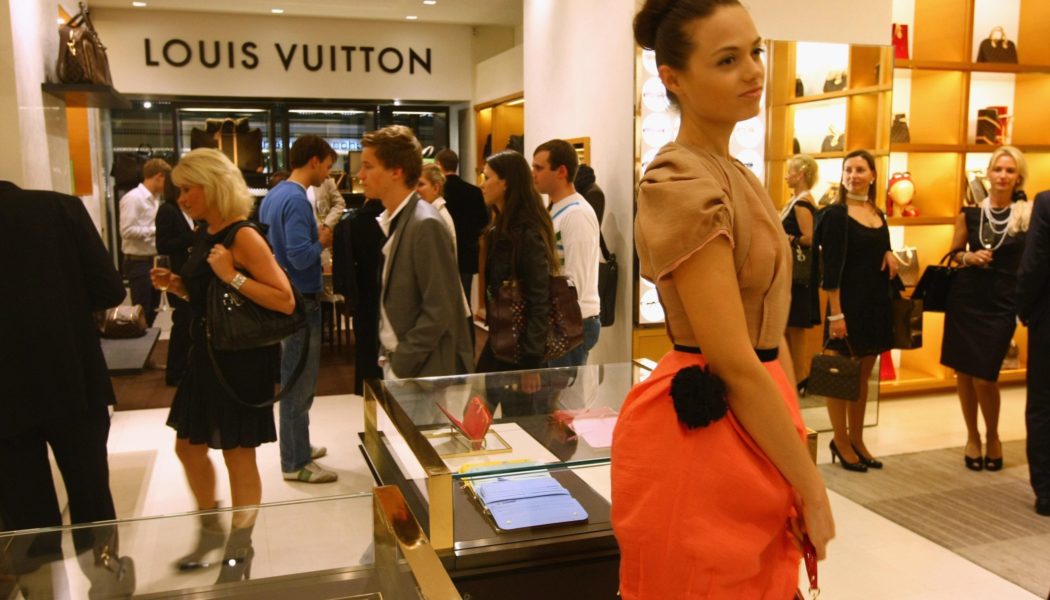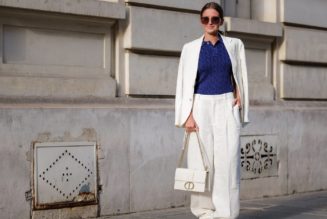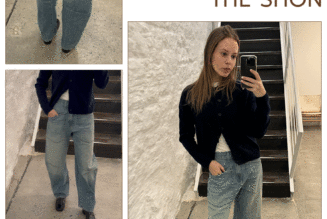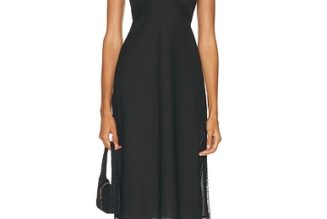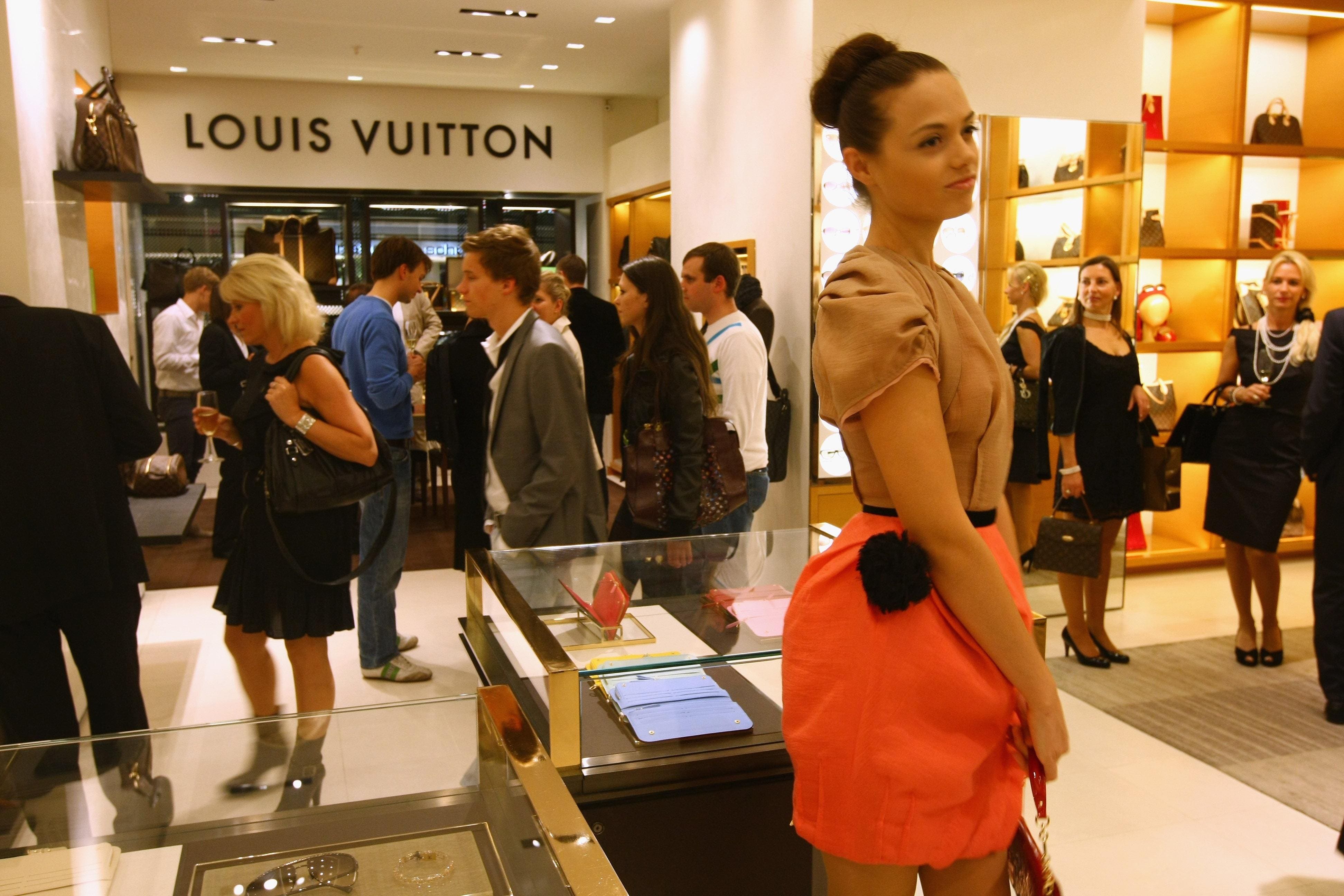
Wealth management firms serve a clientele that is used to luxury, which means firms have a lot to learn from the luxury industry.
When financial advisors talk about the work they do, they may mention a suite of services ranging from estate planning, tax planning, and investment management. But when a high net worth (HNW) client is asked about why they use a financial advisor, the answer may be more abstract but it often ultimately comes down to a feeling that their needs are being cared for. That feeling is luxury.
Luxury is a term often associated with brands on Manhattan’s Fifth Avenue or London’s Bond Street, but really it has more to do with the feeling of ease and comfort — and most important — the removal of worry. When a client buys a luxury item, they’re buying a sense of security that the product is well-crafted and its luster can be maintained. Similarly, when a client employs a financial advisor, they’re trusting that their wealth will be managed in a way that meets their needs and aspirations..
Wealth management is often looked at as a quantitative business — and for good reason. There is no way of doing the job well without a comprehensive understanding of financial markets and accounting. But wealth management is also a people-oriented business. For financial advisors, that means making sure every aspect of the client experience — onboarding, reporting, and meetings — contains a high-touch level of service.
For comparison’s sake, one can easily shop online and pick up a new wardrobe but working with a personal stylist delivers a level of customization that means a shopper has a specifically curated wardrobe that meets their needs and their style. And the next time that client has a need, their personal stylist, because of the high-touch relationship, knows how to take care of it. Similarly, one can find that the basics of financial planning — account set-up and portfolio construction, for instance — are commoditized but that doesn’t mean they can’t be executed with a high-level of service. This is especially true with younger generations that take more of an all-encompassing view of wealth.
“Many young UHNWs are focused on investing in areas that directly align with their values and purpose such as women-led startups, minority-led start-ups, sustainability, educational opportunity, etc…,” the Luxury Institute wrote in a 2022 report. “UHNWs trust that, if managed effectively, these purposeful investments will drive long-term growth opportunities and revenue regeneration for all constituents.”
The lesson for wealth managers is to realize that client service requires more of a collaborative, luxury-driven approach. Clients want to not only feel that their aspirations are being heard, but that their wealth management team is a partner in getting them there and an advisor that can anticipate the client’s needs during that journey.
It can start with making the onboarding process more than an exercise of paperwork and signatures to include features that make it feel more like the beginning of a partnership. Little details such as a customized folder for client reports, a toast or tea to celebrate signing, or a small gift can go a long way.
Throughout the relationship, there are other interactions that can be performed with a luxury mindset — even quarterly reporting. Rather than just sending statements, advisors should make it a more customized experience, offering client-focused quarterly insights and using it as an opportunity to spur conversations about client’s goals. While some clients may have a “set it and forget it” mindset about their portfolios, they’ll want to know that if a time comes when they need more, that their advisor is more than equipped to anticipate their need and meet the moment.
Adopting this mindset as a wealth manager isn’t just good service, it’s good business. Again, to draw comparisons to the retail luxury world, PYMNTS, a data and analytics firm, recently found that luxury customers, incentivized by loyalty programs have 24% conversion rate, compared to 6% for new customers. Applying that data to the wealth space, implies that running a wealth management business with the sense of a luxury brand can deepen existing relationships and potentially lead to opportunities for new referral business.
And that is one luxury wealth management firms would love to have.
